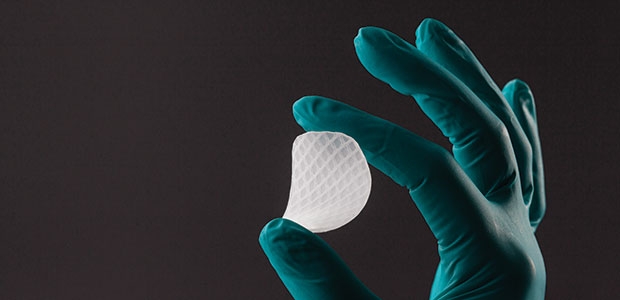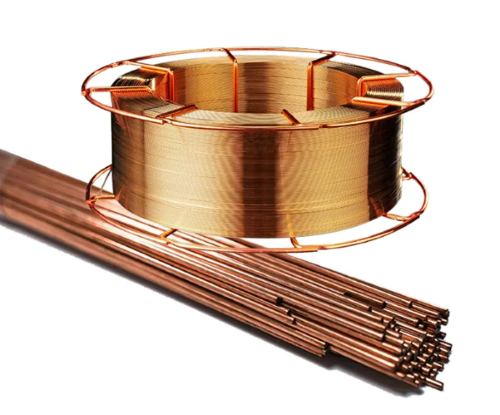Applications of Polytetrafluoroethylene (PTFE) in Medical Treatments
Polymers are essential in modern medicine and often replace metals and other materials in various applications. Among these polymers, Polytetrafluoroethylene (PTFE) is a standout. It is one of the most widely used fluorinated plastics. This article explores the diverse applications of PTFE in medical treatments.
Categories of Polymer Products in Medicine
Implants and Prosthetics:
Vascular Grafts: Synthetic grafts made from PTFE or polyurethane (PU). Bovine pericardium grafts made from processed cow heart tissue.
Orthopedic Implants: Joint replacements made from PEEK. Bone plates and screws made from titanium or PEEK.
Dental Implants: Titanium implants and bioactive glass are used for bone regeneration.
Temporary Devices:
Catheters: Intravenous catheters made from PU or silicone. Urinary catheters are also made from silicone or PU.
Drainage Tubes: Chest drainage tubes made from PU or silicone. Abdominal drains made from PU or PTFE.
Stents: Cardiovascular stents with polymer coatings, often made from nickel-titanium alloys. Urological stents are made from PU or silicone.
Biochemical Equipment:
Microfluidic Devices: Lab-on-a-chip devices made from polymers like PDMS or PTFE. Diagnostic chips are made from various polymers.
Sample Containers: Cryovials made from polypropylene (PP). Cell culture plates made from polystyrene (PS) or polycarbonate (PC).
Drug Delivery Systems:
Implantable Drug Delivery Devices: Reservoir systems made from biocompatible polymers like PLGA. Microsphere systems made from PLGA.
Transdermal Patches: Drug-infused patches made from PU and other polymers.

Advantages of PTFE in Medical Applications
Biological Inertia:
PTFE is highly resistant to bodily fluids and does not react with tissues, minimizing the risk of inflammation or rejection. This makes it a great option for implants and long-term medical devices.
Chemical Resistance:
PTFE withstands a wide range of chemicals without degrading. It maintains its integrity and functionality over time. This property is essential in environments with aggressive substances.
Low Friction and Non-Adhesive Properties:
PTFE has low friction. This makes it ideal for catheters and other devices that need to slide smoothly through bodily passages. It helps reduce patient discomfort and complications.
PTFE also has a non-stick surface. This property prevents biological tissues and other substances from sticking to it. It is especially important for wound dressings and ensures easy removal.
Porous Structure:
PTFE can be made porous, which supports cell growth and tissue integration. This is beneficial for regenerative medicine and implantable devices.
Sterilization and Cleanliness:
PTFE can be easily sterilized. It can be autoclaved or treated with chemical disinfectants. This ensures that medical devices remain sterile and safe.
Temperature Resistance:
PTFE retains its properties across a wide temperature range. This makes it suitable for use in various medical procedures. It is also effective in different types of medical equipment.
Electrical Insulation:
PTFE provides excellent electrical insulation. This property is valuable in medical devices with electrical components. It ensures the proper transmission of electrical signals and prevents interference.
Conclusion
PTFE's unique properties make it highly versatile in medical applications. Its biological inertia prevents reactions with tissues, while its chemical resistance ensures durability. The low friction and non-stick surface reduce discomfort and complications. PTFE’s porous structure supports cell growth, and its ease of sterilization keeps devices safe. It also maintains performance across various temperatures and provides excellent electrical insulation. These qualities make PTFE valuable in both internal implants and external medical devices, advancing technology and enhancing patient care.



